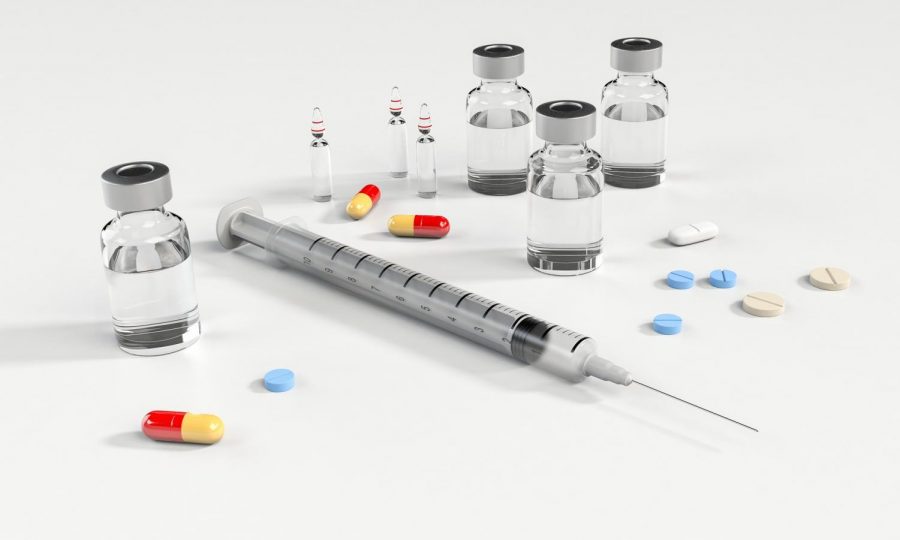For the past few years, the United States has been struggling with a terrible opioid epidemic that is sweeping across the nation. As of this year, there are almost two million people abusing or dependent on opioid drugs. This devastating number is only growing as more and more people become addicted to prescription pills and street drugs.
The growing epidemic has steadily increased in intensity over recent years. As of 2015, there were an average of 91 opioid related deaths every day. Only adding to the drug problem is the fact that opioid drugs are gateway drugs; many opioid abusers move onto other drugs, such as heroin, after they begin to build up tolerance. According to the National Institute of Drug Abuse, about 80 percent of heroin users misused prescription opioids first.
The opioid emergency is impacting our nation, both socially and economically. The effect opioid abusers have on the economy is quantifiable, and the numbers are staggering. According to a report in the journal Medical Care, the estimated cost for medical care, substance abuse treatment and criminal justice involvement amounts to around $78.5 billion. This large figure offers a glimpse about the magnitude of the problem.
The cause of this boom in opioid usage may have to do with the Great Recession in the late 2000s, which saw millions of Americans lose their jobs. A study published in the International Journal of Drug Policy in June provides some foundation to this reasoning. The study looked at almost 30 studies done in 12 different countries, determining that economic recession and unemployment are catalysts for drug usage increase. The wide analysis examined an ethnographic study which found that in a country buckled by economic stagnation, “drug consumption was seen as a way to escape and forget this reality.
Additionally, women without a history of drug use reported taking benzodiazepines (with or without medical prescription) to ‘calm down’ and decrease anxiety, panic attacks, insomnia, and despair.” Drugs are often seen as a coping mechanism, and the Great Recession may have provided a reason for Americans to turn to opioids. Additionally, after the economic collapse, it was not just impoverished individuals that turned to drugs to seek refuge from reality; the middle class of America has been sucked into the epidemic, and media has begun to cover the problem extensively.
Despite the vast and worsening problem, President Trump has not yet declared an official national public health emergency, which would open up many opportunities for funding of preventive programs and additional resources for addicts. On September 10th, the White House stated that the Trump Administration should “use all appropriate authority to respond to the opioid emergency”. Trump did hint that an official declaration would be coming soon, however.
The epidemic is affecting all corners of the country, and action needs to be taken to take control of the situation. All eyes are on the White House to see how the administration handles and responds to the situation.










Myra Bowe • Oct 26, 2017 at 9:58 am
I think the statistics in this are very intriguing, i had no idea opioid was a gateway drug. When i hear gateway drug, I immediately think of weed
Collin Kuebrich • Oct 26, 2017 at 8:49 am
Way to bring light to such a crisis. Strong statistics & numerical facts to back up point. Well directed & has good length.
Benjamin Leathers • Oct 26, 2017 at 8:34 am
Great article! Well written and the switching of paragraphs where perfect! That terrrible to hear about the increase of users and abusers of these precription/street drugs. Something deffiantely needs to be done soon.